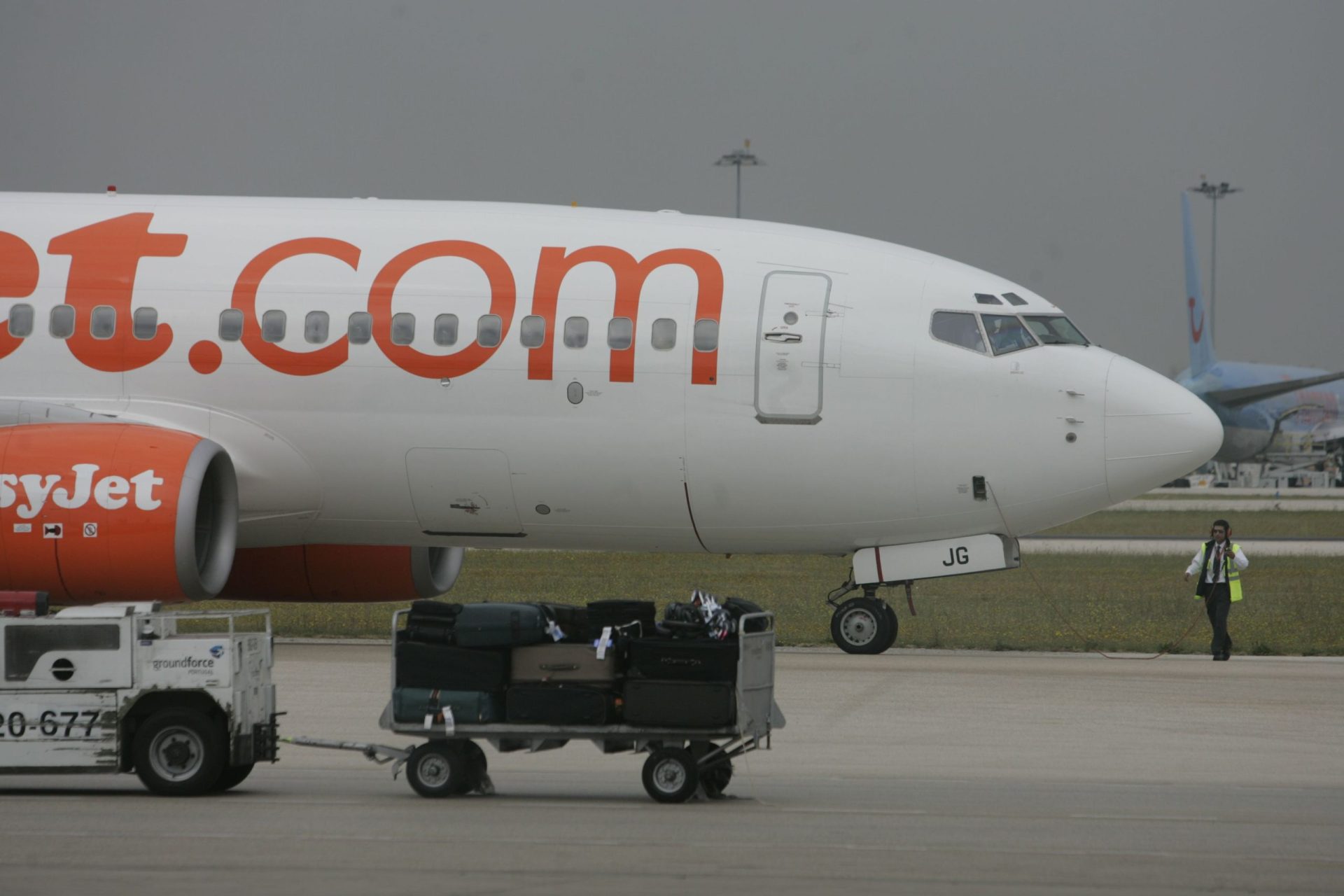25 years ago, Switzerland said about the free movement of people with the EU

25 years ago, the people said to the first EU contract package: How a capital wrong forecast paved the bilateral path
On May 21, 2000, Switzerland agreed to bilateral I. The advantage: free access to the EU market for companies. The price: the free movement of people. Why even Ueli Maurer was satisfied at the time – and what the following had.
Foreign Minister Joseph Deiss was the joy to look at when he arrived in front of the Federal House on Sunday, May 21, 2000: It was « a promising start to the new century, » he said in the camera. Eight years after the no to join the European Economic Area (EEA), the people approved the bilateral path this Sunday, the contract package of bilateral I.
Exactly 25 years later, chief negotiator Patric Franzen and his Brussels colleague will today sign the newly negotiated contracts of bilateral III. The contracts should « stabilize and develop the proven bilateral path with our most important trading partner, » according to the Federal Council regulation. For the opponents, in advance the SVP, it is a “submission contract”.
In the political argument that the country is now imminent, the same question will be concerned as 25 years ago: What is Switzerland the privileged access to the huge EU internal market and close research cooperation? As at the time, one topic will be at the center of the discussions: the free movement of people.
Free passenger traffic had never been the desire of the Swiss population. The people had rejected the EEA accession in December 1992, not least because of the free movement of people.
Federal Council on tightrope walking
Accordingly, the Federal Council went to work in 1994 when it led the negotiations on bilateral contracts. In the decision on the mandate, which is now publiche writes of the choice between « two evils »: that the EU could not get on negotiations if Switzerland demands too many exceptions to the freedom of movement. Or that in the end there would be a « unsalable » negotiation result.
But the tightrope walking succeeded: in terms of foreign policy, the Federal Council published important restrictions in the negotiations that lasted until 1999. In essence: you can come who finds a job here. In terms of domestic policies, the federal government raised the wage protection, the flanking measures for the free movement of people were born.
That was important arguments for a yes in the voting struggle in spring 2000. In addition, the Guillotine clause was printed: the contract package was only available as a whole-without a free movement of people without a market access. Secondly, there was still a forecast that should prove to be colossal: In an expert opinion for the federal government, migration researcher Thomas Straubhaar stated that the net immigration from the EU would be a maximum of 10,000 people per year.
In fact, it has been an average of around 44,000 people since 2002. Straubhaar later confessed the error: « I underestimated the attractiveness of Switzerland. »
Ueli Maurer: « I’m satisfied »
Of course, this was not yet known on Sunday evening of May 21, 2000. And so the then SVP President Ueli Maurer said in the « Tagesschau »: « I am satisfied with today-no to the EEA, yes to the bilaterals. » The EU accession is definitely off the table.
It was the first and last time that the SVP has a template with reference to the free movement of people. Because already in 2002 it became clear that the federal immigration forecast was clearly too low: In the first year, the bottom line was 19,200 people from the EU countries as well as from Norway, Iceland and Liechtenstein.
In total, over 550,000 people from Germany have immigrated since 2002 and remained at least one year. In the same time, 273,000 Germans left Switzerland. Statistically speaking, every second immigrant German in Switzerland has already turned back.
Exceptional Portugal
The Germans were responsible for the first immigration peak in 2008. This year, 75,000 people wandered more from the EU and EFTA area to Switzerland. During the euro crisis, immigration from southern Europe (Italy, Portugal, Spain) increased and reached its climax in 2013. The high immigration increasingly triggered discomfort: In February 2014, the people said the SVP’s mass immigration initiative.
But due to the relaxing economy in the EU area, immigration decreased afterwards. In 2018, almost 70,000 immigrants left Switzerland, which is the highest value so far. Furthermore, however, more people migrated – with a prominent exception.
Between 2017 and 2022, the Portuguese population group in Switzerland reduced by around 12,000 people. A decisive factor for this dynamic was the better economic situation at home – but not only. The Portuguese government had launched a return program with tax reliefs and loans for company foundations. In addition, immigrants who had reached the retirement age and got around the ends with deep pensions in Portugal.







